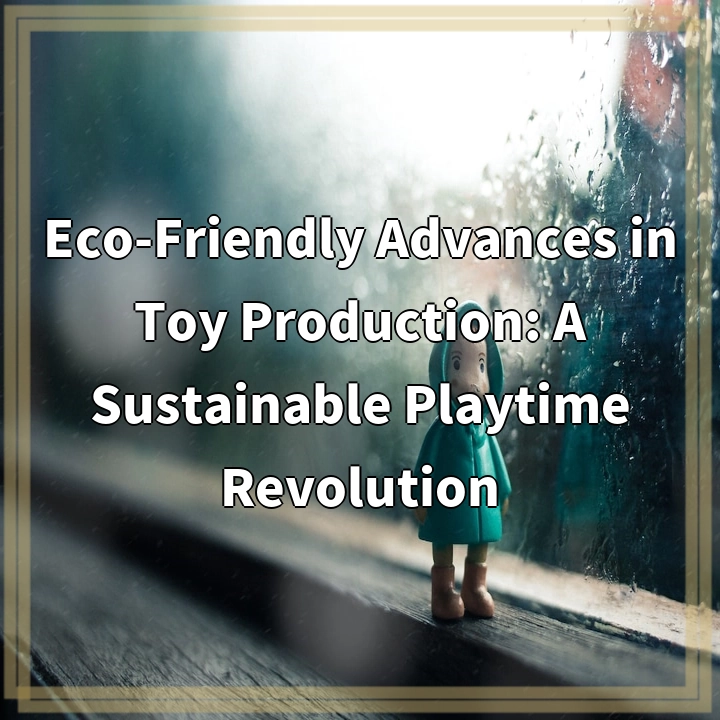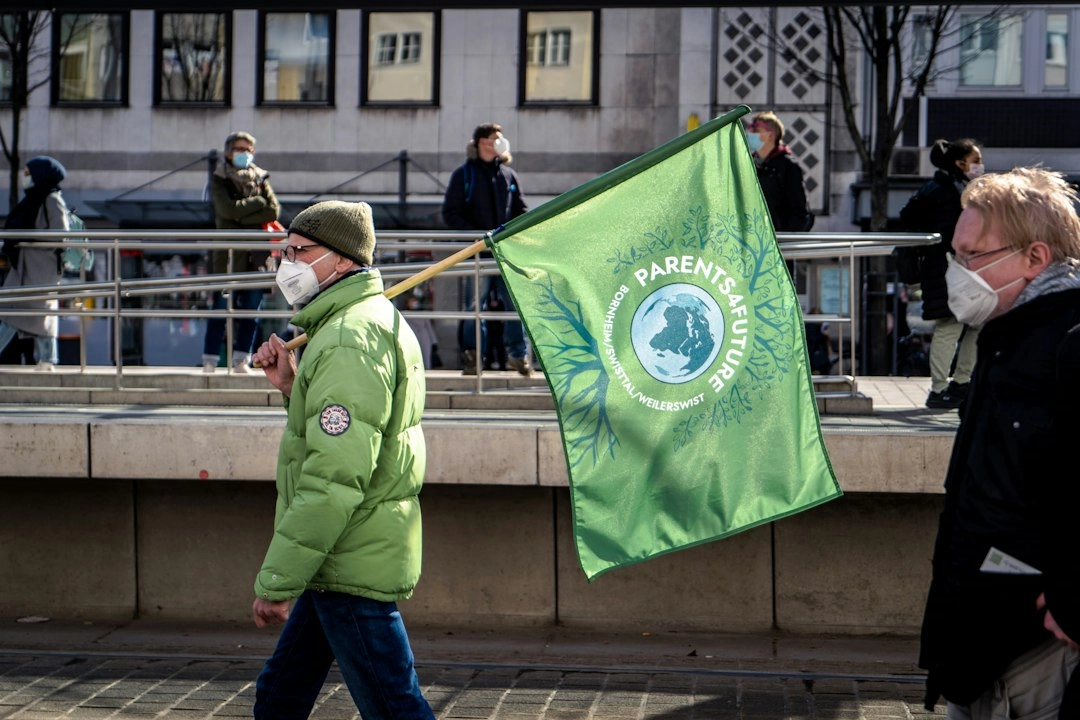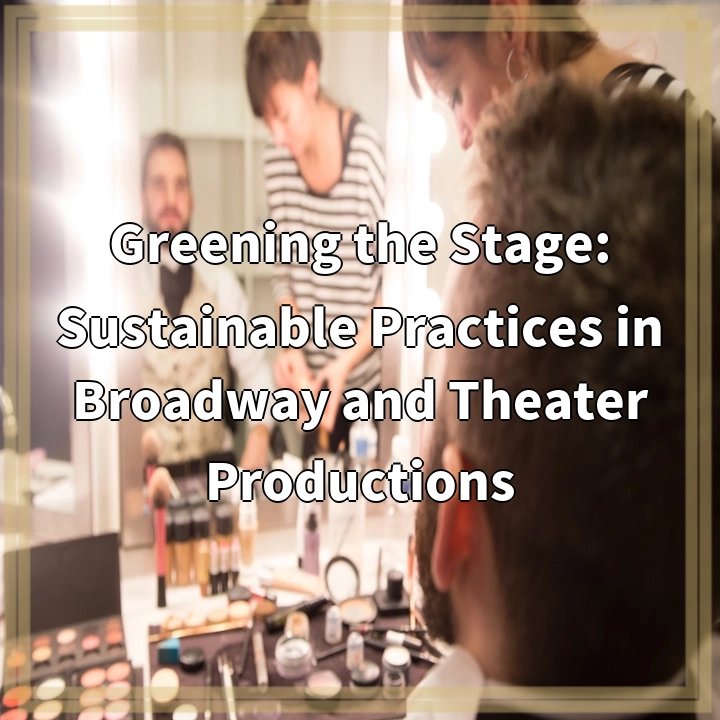
What it is:
Toys are an integral part of childhood, providing entertainment, education, and development opportunities. However, conventional toy production often comes at a high environmental cost. That’s where eco-friendly advances in toy production come in. These advancements aim to reduce the negative impact of toy manufacturing and promote sustainability throughout the entire lifecycle of a toy.
Real-World Problems:
Conventional toy production has several significant environmental challenges. One of the key problems is the extensive use of non-renewable resources. Many toys are made from plastic materials derived from fossil fuels, contributing to greenhouse gas emissions and the depletion of finite resources. Additionally, the manufacturing process itself, including the extraction of raw materials, energy consumption, and waste generation, can have detrimental effects on ecosystems and human health.
Another issue is the excessive packaging associated with toys. Most toys are often packaged with single-use plastic, which contributes to the global plastic waste crisis. This packaging waste can end up in landfills or oceans, causing harm to wildlife and polluting ecosystems.
Furthermore, toys are frequently designed with planned obsolescence in mind. This means that they are intentionally made to have a short lifespan or are not easily repairable, leading to a high turnover rate and a constant need for new toy production. This results in increased waste generation and energy consumption.
Child labor and unethical labor practices in toy production supply chains are other significant concerns. Many toys are manufactured in low-cost labor countries, where workers may be subjected to exploitative conditions and unfair wages.
By addressing these real-world problems, eco-friendly advances in toy production strive to create a more sustainable and responsible toy industry. They aim to minimize resource consumption, reduce waste, promote ethical manufacturing practices, and prioritize the health and well-being of children and the environment.

Solutions for Eco-Friendly Advances in Toy Production:
1. Sustainable Materials:
One solution is the use of sustainable materials in toy production. This involves opting for materials that are renewable, biodegradable, or made from recycled sources. For example, toys made from organic cotton, bamboo, or recycled plastic can minimize the environmental impact.
2. Design for Durability:
Designing toys with durability in mind can extend their lifespan and reduce the need for constant replacement. This includes using sturdy materials, reinforced construction, and easy repairability to ensure toys last longer and reduce overall waste generation.
3. Minimal Packaging:
Reducing excessive packaging is another solution. Toy companies can adopt minimal packaging strategies, minimizing the use of single-use plastics and opting for eco-friendly packaging alternatives such as recycled cardboard or plant-based materials.
4. Ethical and Transparent Supply Chains:
Ensuring ethical labor practices throughout the toy supply chain is crucial. Companies should prioritize working with manufacturers that uphold fair labor standards and provide safe working conditions for employees. Transparency and traceability in the supply chain can help identify and address any ethical concerns.
5. Education and Conscious Consumerism:
Educating consumers, especially parents, about the importance of eco-friendly toys and their impact on the environment can drive demand for sustainable options. Encouraging conscious consumerism, such as buying fewer, but higher-quality toys, can reduce waste and promote a more sustainable playtime culture.
By implementing these solutions, the toy industry can revolutionize playtime by embracing sustainability, minimizing resource consumption, reducing waste, and prioritizing the well-being of children and the environment.















